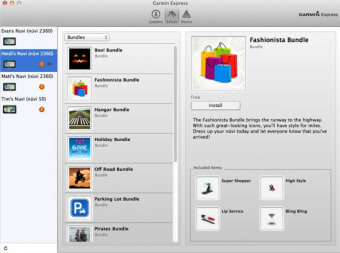

You may also be asked to authenticate up to three times in rapid succession. When using those, the first time that you choose a startup disk to boot from you’re likely to be asked to assign it an authorised user. You can then switch between available boot systems using either recoveryOS or the Startup Disk pane. Once installed, the Mac will start up in the newly installed macOS for you to configure it in the normal way.Towards the end of the installation process, the installer may claim there’s “about a minute remaining” for many minutes.To make a copy of an existing boot volume group, use a cloning tool such as Carbon Copy Cloner 6 in ‘legacy’ mode.
SAMSUNG SMART SWITCH FOR MAC BIG SUR INSTALL
To install a fresh copy of any version of Big Sur since 11.2, run its full Installer app and select that external disk as the destination.At this stage you can divide it into containers for multiple versions of macOS if you wish. If it has been previously formatted using an older version of macOS, I recommend re-formatting it with 11.4 if possible. Connect the disk to an available port on your M1 Mac, which could (subject to its compatibility) include a dock or hub.

The procedure for doing this is exactly as you would expect: If you have an M1 Mac, you should now be able to connect supported storage, such as an SSD, install on it any version of Big Sur from 11.2 onwards, select that in the Startup Disk pane, and boot your Mac from that external disk.

I’m delighted to report that five months after I wrote that M1 Macs had problems starting up from external disks, Apple has finally fixed Big Sur 11.4 so that they now work fully.


 0 kommentar(er)
0 kommentar(er)
